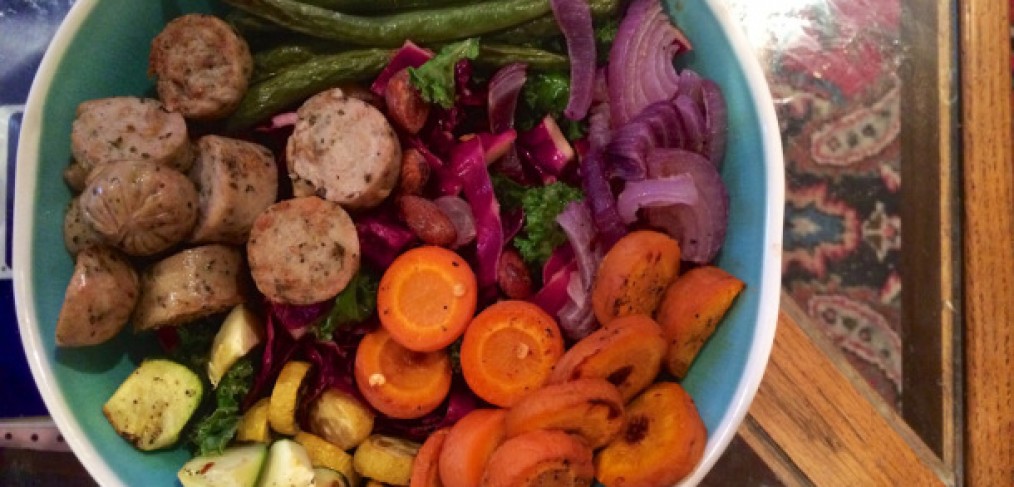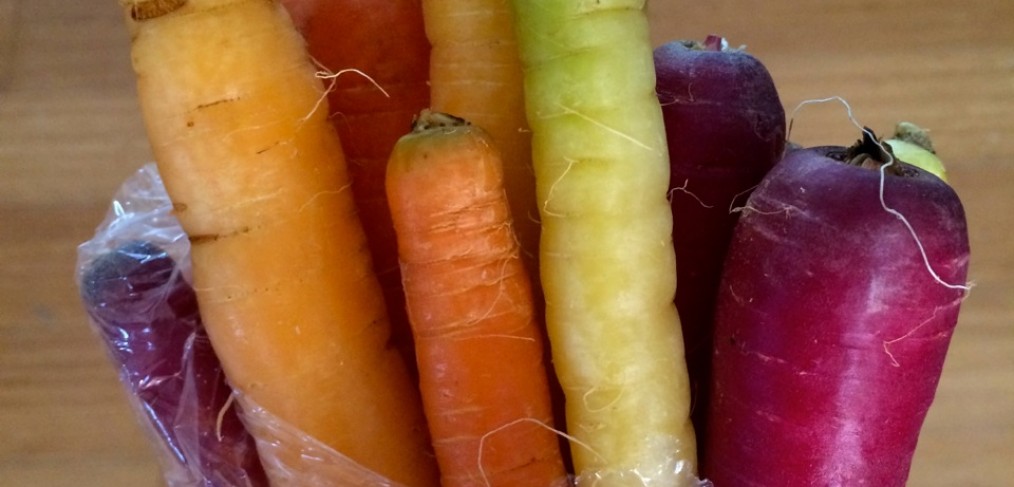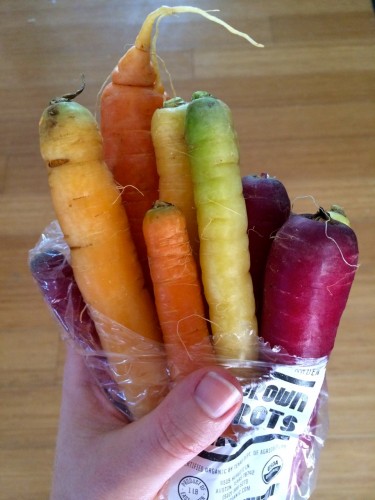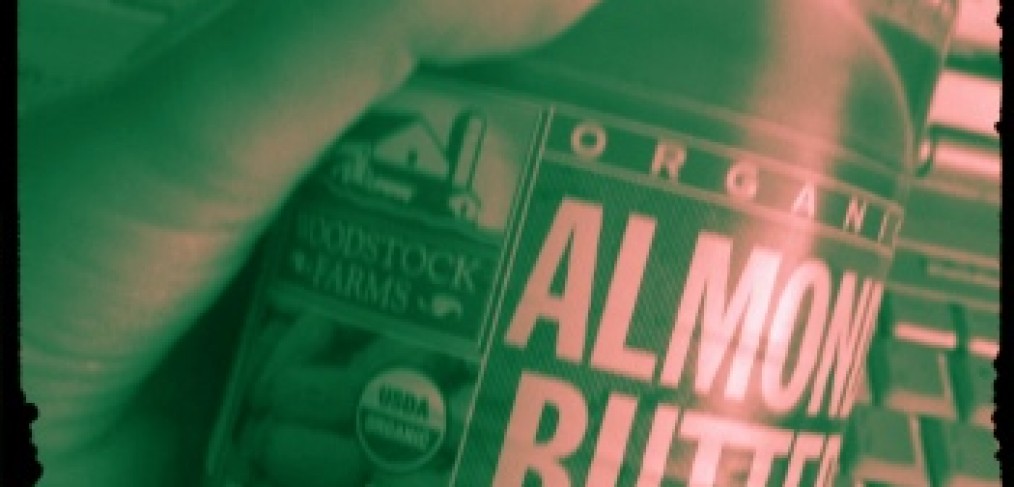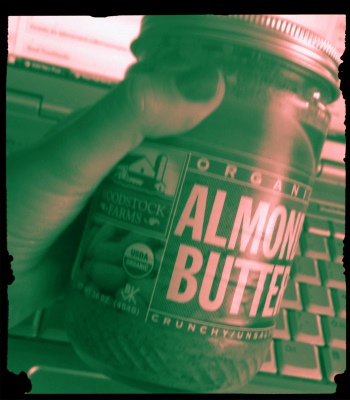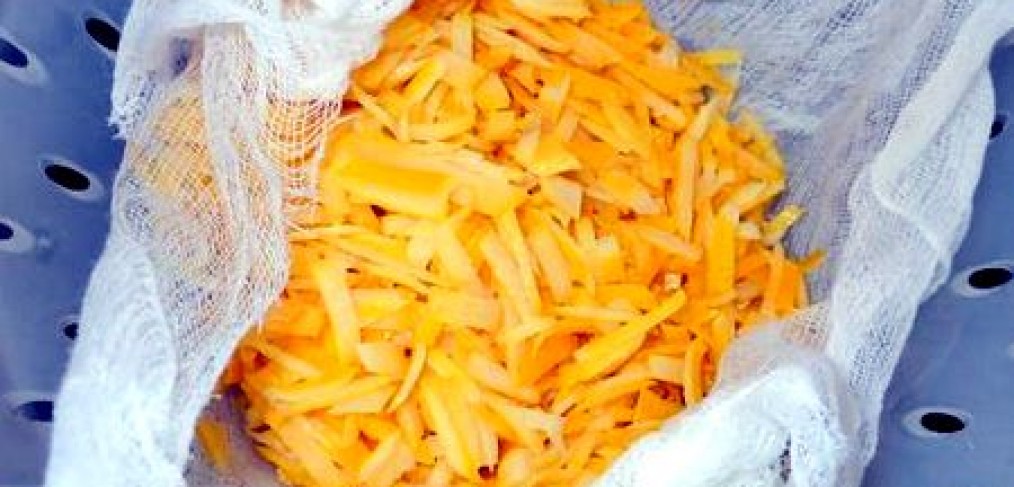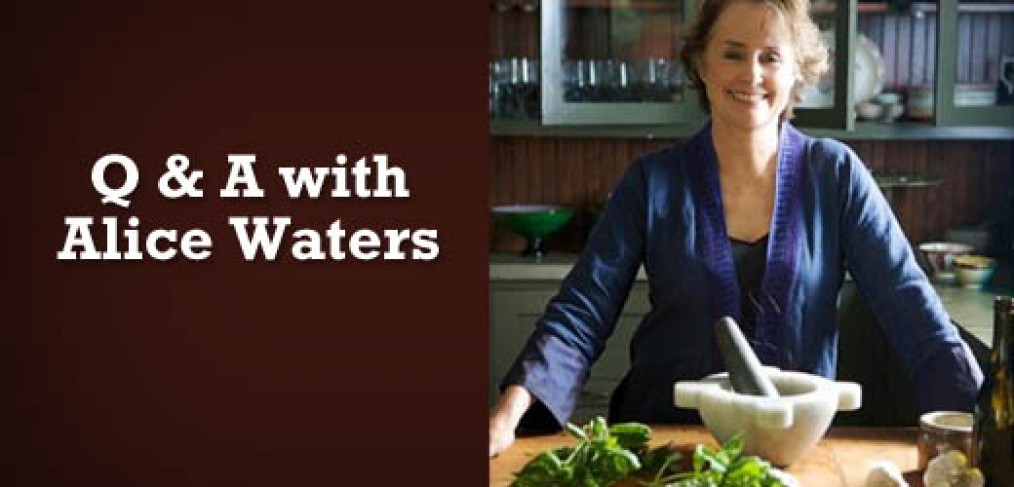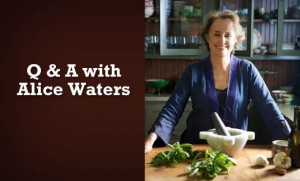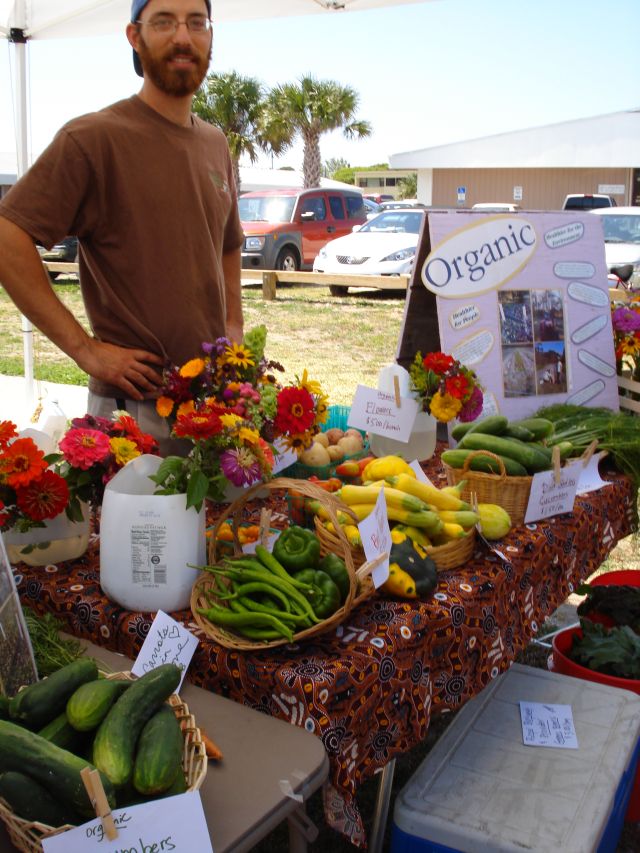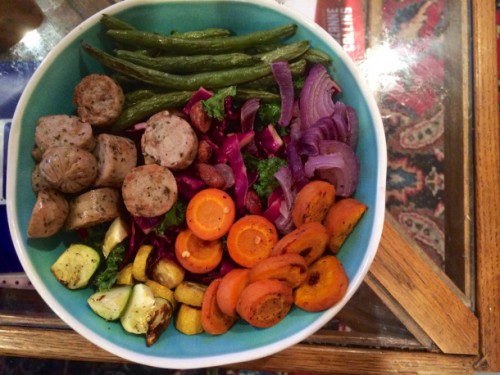
I realize I talk a lot about my CSA box these days (side note: this is completely on my own volition, they do n-o-t sponsor my recipes or anything) but I will say that our most recent CSA delivery was especially good. We had… spring green beans! Big carrots! Beautiful red onions! Plus some of my favorite usual suspects: kale, cabbage, etc. After a long weekend of not-so-stellar eating, I was ready to devour these vegetables and get my life back on the right track… with a power bowl!
“Power bowl” is just my way of describing any giant bowl packed full of good-for-you components. Mostly vegetables, some protein, a small amount of good fats, and possibly a healthy grain (although not in this particular version), and some sort of flavorful homemade dressing/marinade. Basically as balanced and natural as you can get – meaning you can eat a huge amount of it and get tons of nutritional benefits without worrying about your portion size. I really like eating huge amounts of things, so this works out great for me.

